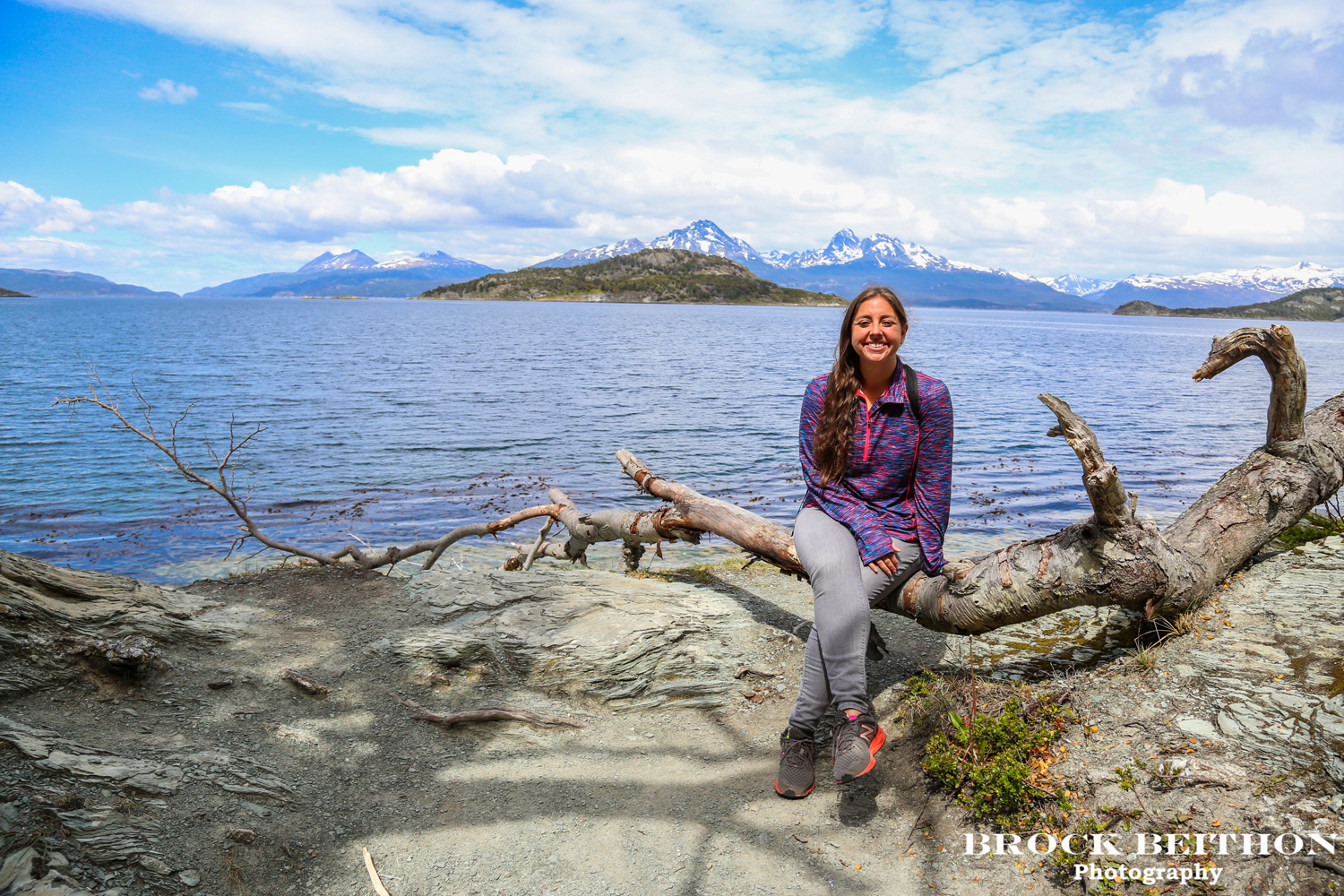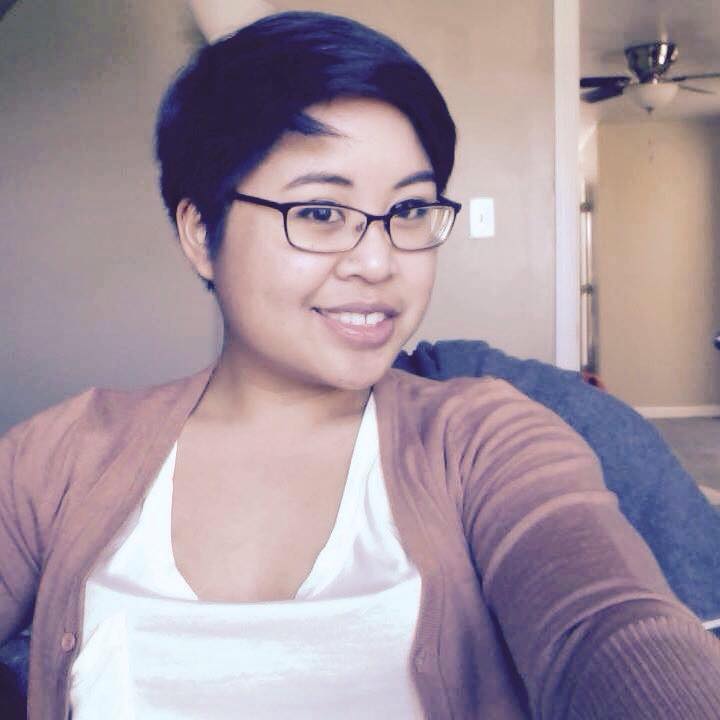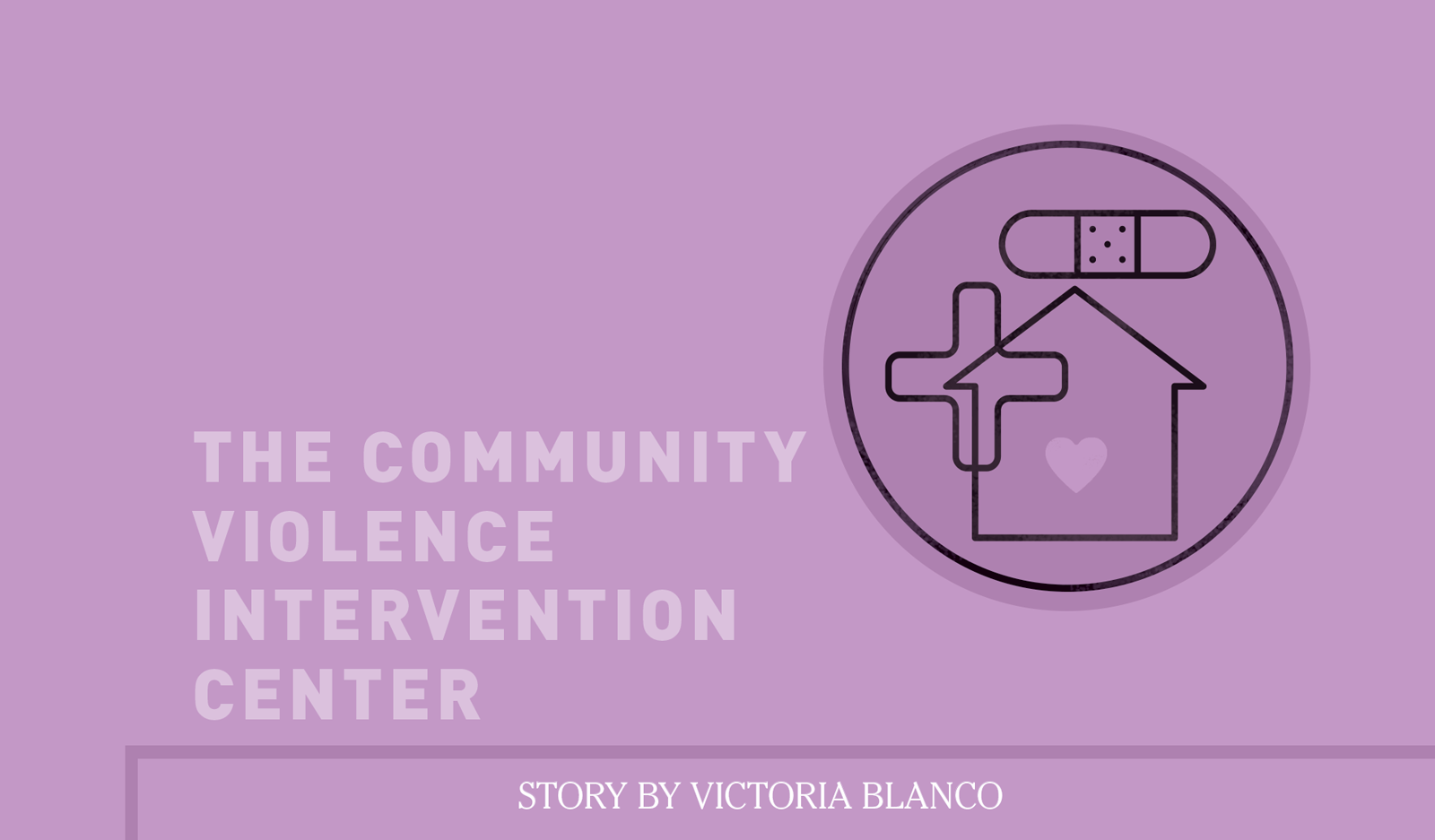
The Community Violence Intervention Center is a recipient of the Bush Foundation’s Bush Prize for Community Innovation.
The Community Violence Intervention Center (CVIC) knows intervening once crisis strikes isn’t enough, so CVIC focuses on curbing domestic abuse before it happens. Its programs build a system of support around youth that teaches them how to build positive relationships and use effective coping mechanisms to move them toward futures free of violence.

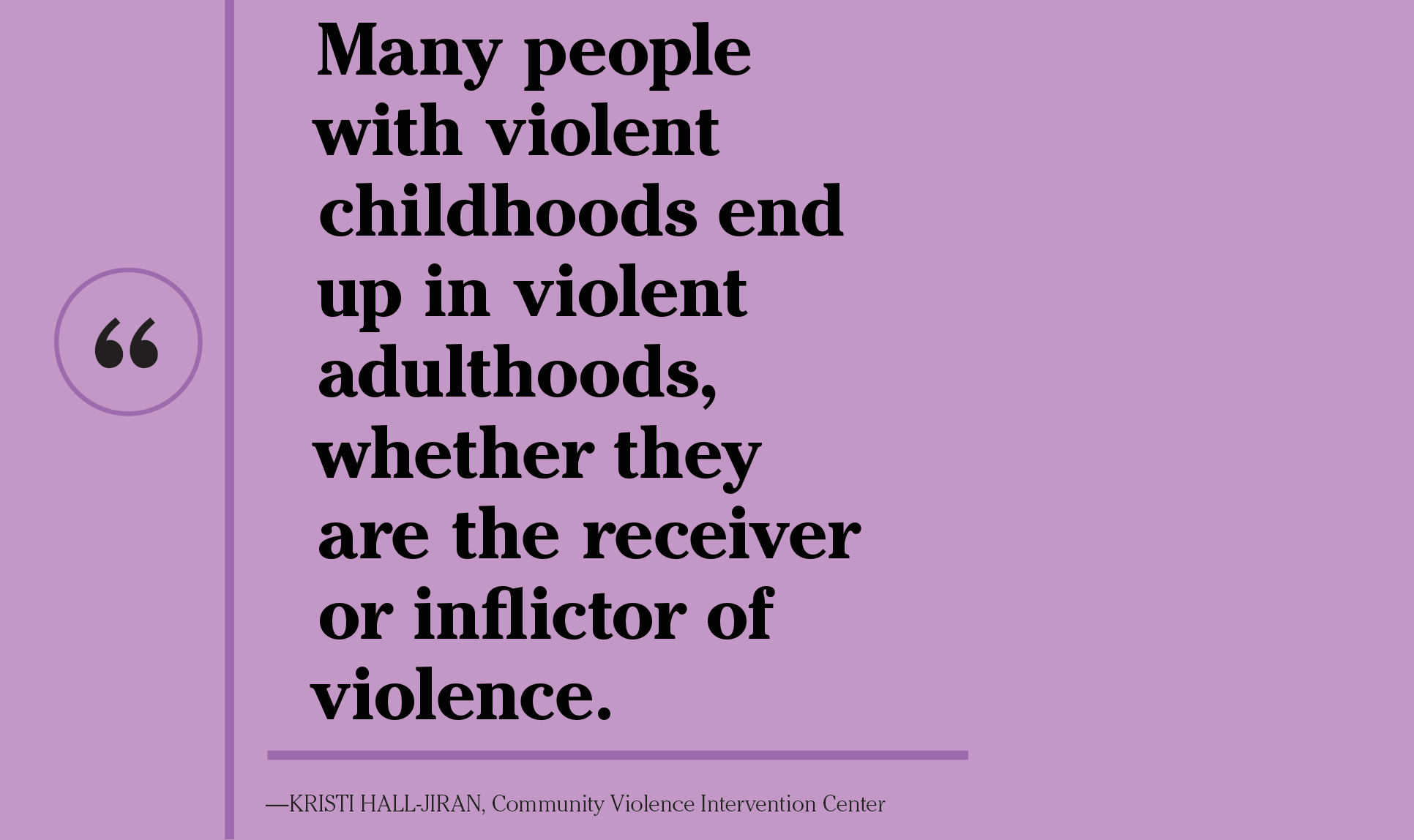

LISTENING TO A 911 CALL reporting domestic violence, one doesn’t need more than the audio to picture what is going on. Kristi Hall-Jiran, executive director of CVIC, began her work as a Violence Intervention Advocate. A recent graduate, she had planned to stay until returning to pursue her doctorate. What she learned at CVIC changed the course of her career forever. “Some of my clients ended up being murdered in those early years, and I was right there with them until that happened. And I just can’t explain what a profound impact that had on my life. I felt a calling to be part of making a difference.”
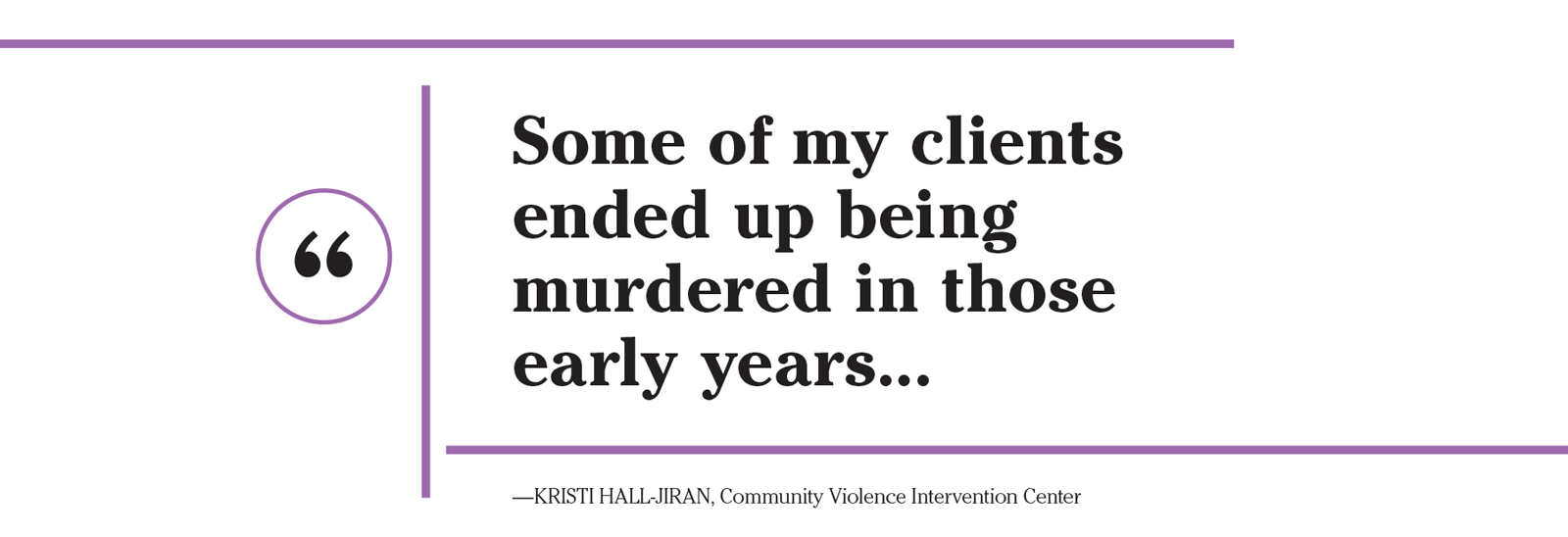
Julie Christianson is a domestic abuse survivor and a staff member at CVIC today. She believes listening to the 911 tapes makes people want to learn, not just about what happened then, but what happens now: how survivors get help, the barriers they encounter and how to stop abuse from happening again. When Julie first sought help from the justice system 40 years ago, she found she had to educate the people hired to help her and her children. She knew the system failed survivors, because she encountered a lack of knowledge and empathy from the people she expected to trust. “And it’s like, nobody understands. Everybody should be on the same page. Why doesn’t everyone understand?”
CVIC has existed to help women who are locked in a cycle of abuse. Over the years, CVIC learned that intervening at the moment of crisis wasn’t enough, so the team created the innovative program Safer Tomorrows to focus on preventing domestic abuse. “Many people with violent childhoods end up in violent adulthoods, whether they are the receiver or inflictor of violence,” said Kristi. “It’s important to help people build new lives.” Before launching Safer Tomorrows, CVIC conducted interviews with service-recipient groups to determine what interventions would succeed at molding Grand Forks youth. Today, Safer Tomorrows creates and implements intervention programs that teach youth about building positive relationships, effective coping mechanisms and guidance in keeping up their grades and staying away from drugs. For those students caught in domestic conflict, the Lutheran Social Services Restorative Justice program provides counseling and intervention. Kristi’s greatest hope is that she and Julie will no longer listen to 911 calls made by women and children experiencing violence. “We don’t want kids hiding under beds and in closets, scared that their mom is going to get killed.”

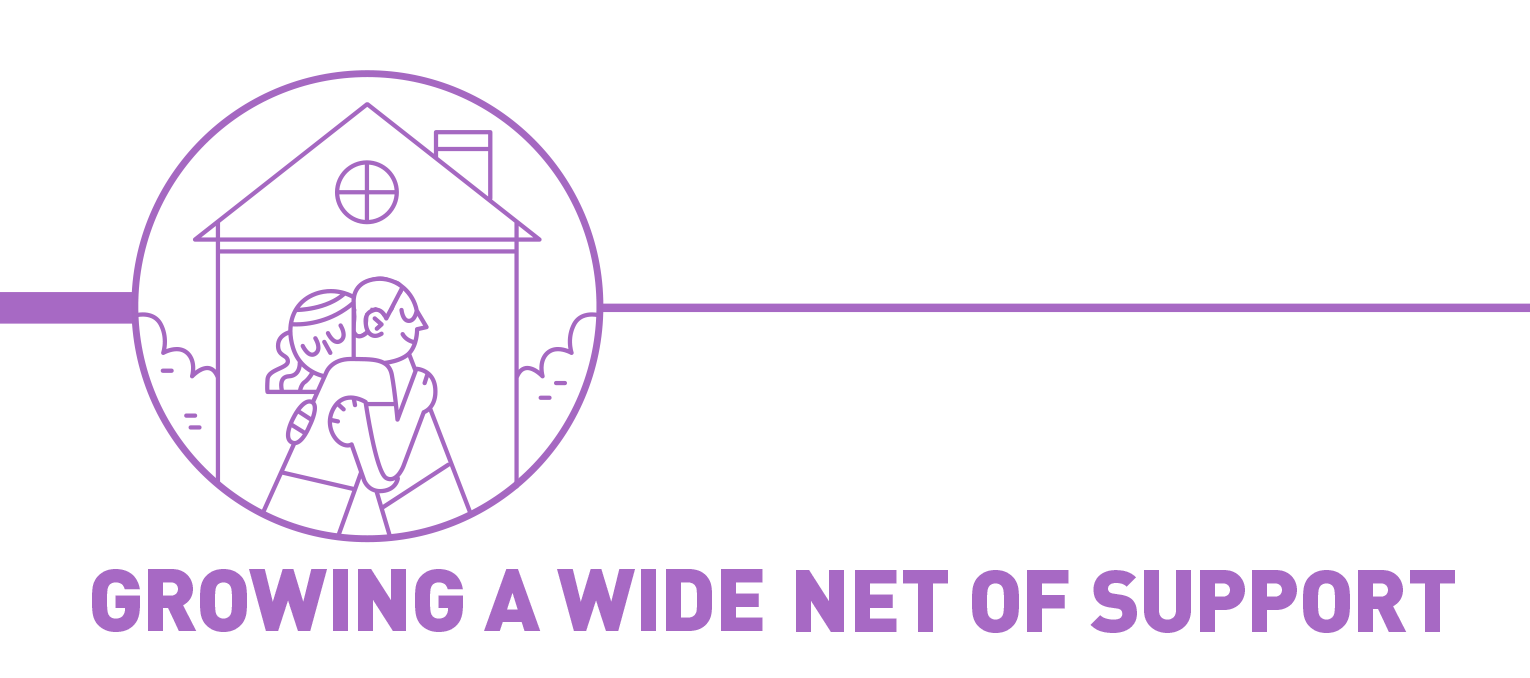
Safer Tomorrows is a partnership among more than 40 organizations that provide a wide support network. From education institutions to government parties, from the sheriff’s department to the mayor’s office and from health care partners to nonprofit organizations, the program helps to effect a systems change that has “grown organically,” as one stakeholder put it.
To better understand how these partner organizations could grow with Safer Tomorrows, the team conducted interviews with every collaborator, at every level, about their perceptions and experiences with domestic abuse. Through these interviews, the team discovered a gap between what actually happens in domestic violence situations and what administrators believe is happening. Like Julie’s experience navigating agencies who should have helped her, other survivors struggled to find comprehensive, efficient help.
Overhauling the various faulty systems also called for an auditing process to look at the ways different agencies responded to crisis. “Part of the audit process was to experience a domestic violence incident from the perspective of multiple agencies,” explained Kristi. This meant that one group sat in jail through the night while another sat at a 911 call center and yet another group rode in a police car. This approach enlightened CVIC further on the systems differences as well as the challenges each agency faced: how frequently the call centers received emergency calls, and how violence played out in jail. Knowing and sharing these experiences among collaborators helped them have more productive conversations about keeping people safe.
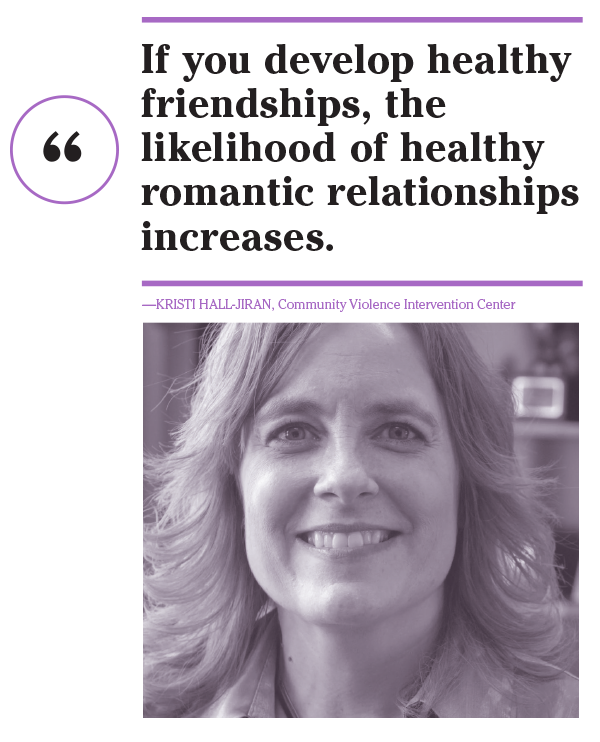
In the past 20 years, CVIC has evolved from an organization that intervenes in violence to an organization that aims to prevent violence. An important step in this process was assessing how children—especially those who witness violence—build friendships at school. “The research shows that if you develop healthy friendships [during elementary and middle school], the likelihood of healthy romantic relationships increases,” said Kristi. Safer Tomorrows participated in the development of Friendships that Work to help children define friendship and set standards for positive behavior, with the hope that healthy friendships early in life would prevent youth from imitating violent behavior or finding themselves victims of violence as adults.
The Grand Forks County school systems first needed to appreciate that Friendships that Work and other prevention efforts were necessary and effective. Teachers, researchers, social workers, juvenile court representatives and medical professionals came together to meet and discuss preventative options. Impressed with their inclusive approach to reach students at every developmental stage, the school systems agreed to incorporate Friendships that Work (among other programming) into its curriculum. A similar process occurred during initial meetings when CVIC discussed implementing a universal screening system to detect children with symptoms of Adverse Childhood Experiences (ACE)—an initiative the team learned about through a national study. However, after listening to the local experts in diverse fields, CVIC and its partners instead chose to implement an educational program to teach parents how their actions affect their children. The program provided materials to guide conversations and connections to parenting and healing resources.

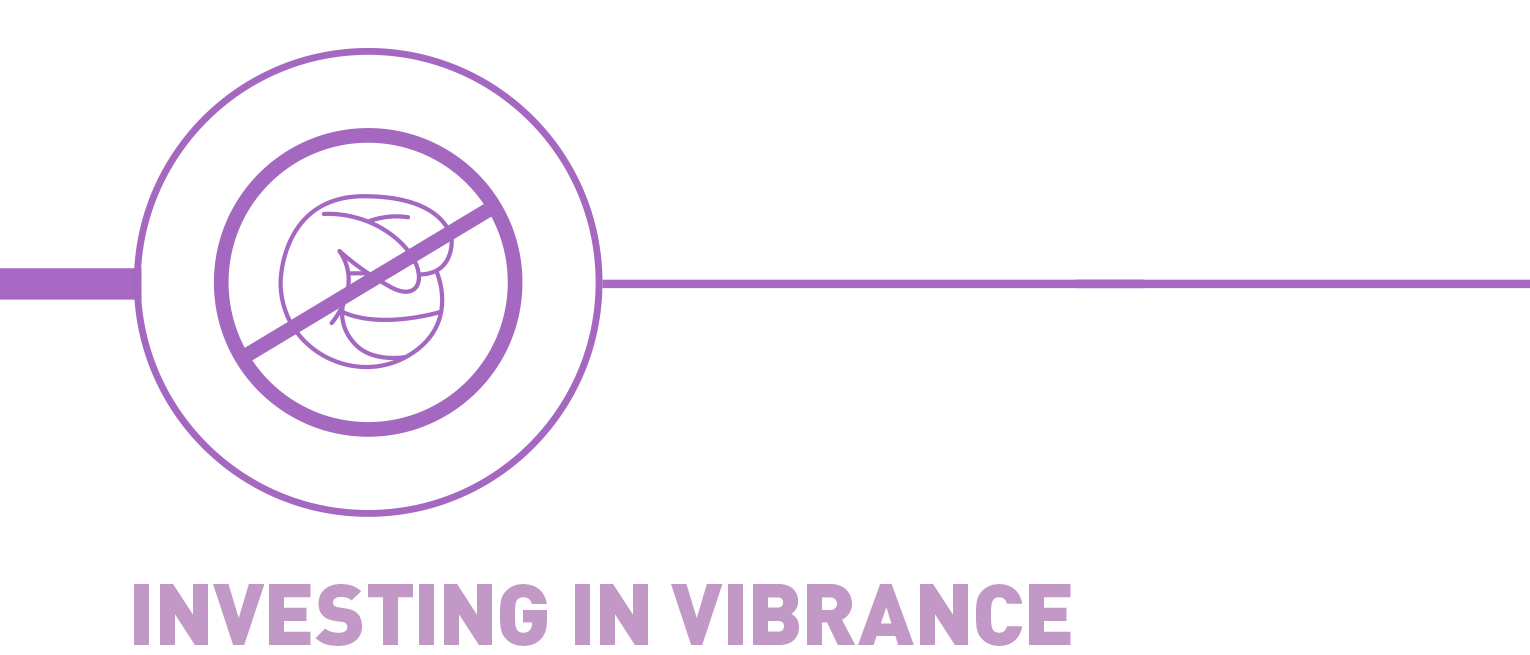
With each prevention initiative, Kristi and the team address the question, “How can we share the resources available to reach the most people and be the most effective?” According to Kristi, every partner embraces this philosophy. At its inception, Safer Tomorrows received a two million dollar grant. The team allocated a portion to each key agency within Safer Tomorrows. Kristi points with pride to the fact that the budget allocations are never fixed; at roundtable meetings, agencies address the needs of the overall program and redistribute funds to aid the most pressing needs. The team’s willingness to redistribute funds shows that each agency can set aside its own interests and invest in the overall well-being of Safer Tomorrows, making the program a true collaborative effort.
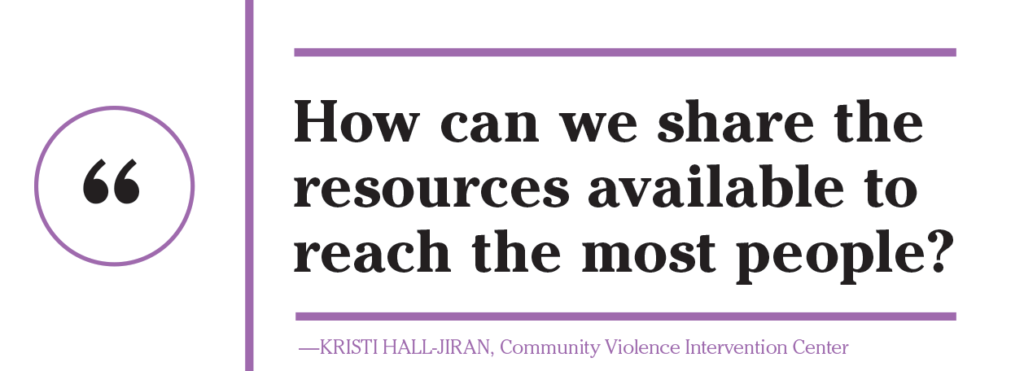
Safer Tomorrows began delivering “Breakup 101 Session” to teach youth how to have difficult breakup conversations in-person instead of text. The partners invited a local youth commission organized by the Grand Forks city council to serve as an advisory group. To Kristi, inviting children and teens to give programming feedback on the initiatives aiming to help them makes perfect sense. Through their willingness to collaborate with children and the city government, Safer Tomorrows ensures their programs are far-reaching and successful. CVIC’s innovative programs to prevent domestic violence are helping to heal a community and provide hope for future generations. Today, Safer Tomorrows describes Grand Forks as moving from “violence to vibrance.”
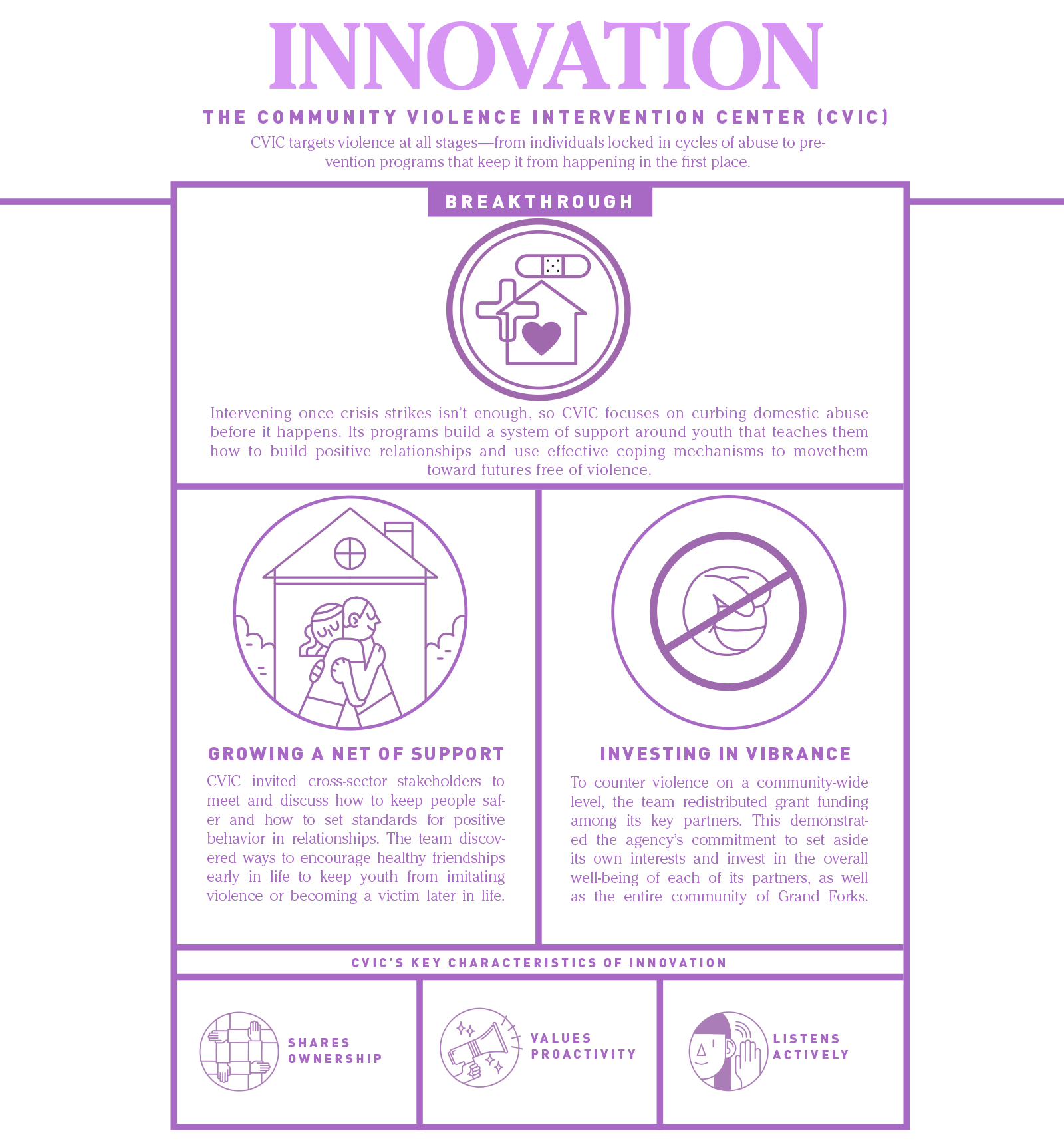

![]()
to showcase the culture of innovation
behind its Bush Prize winners.
![]()
Contributors


